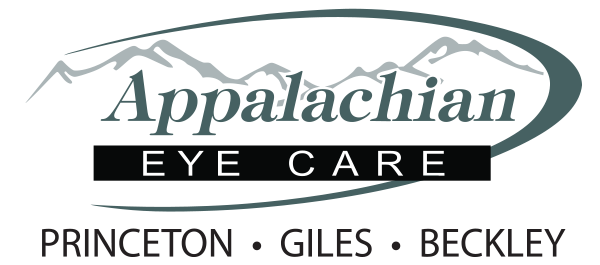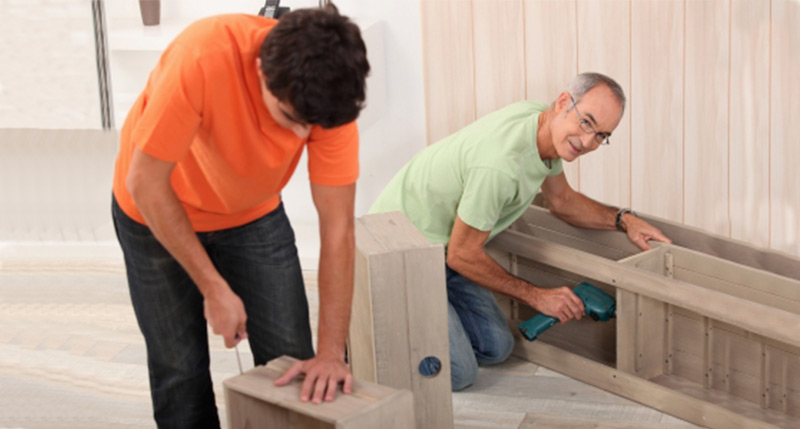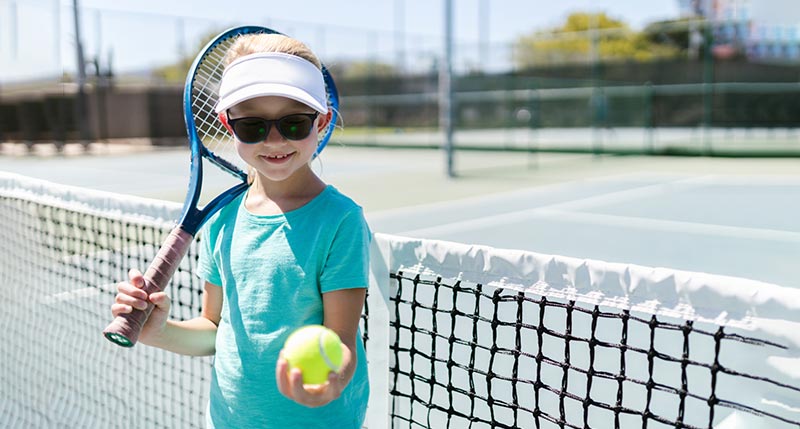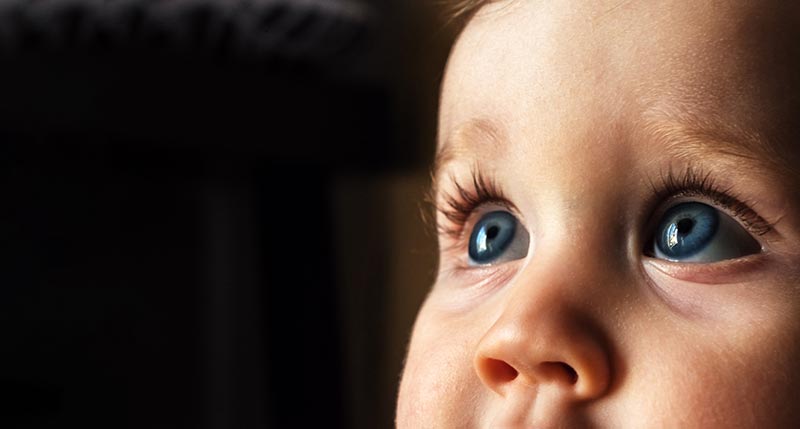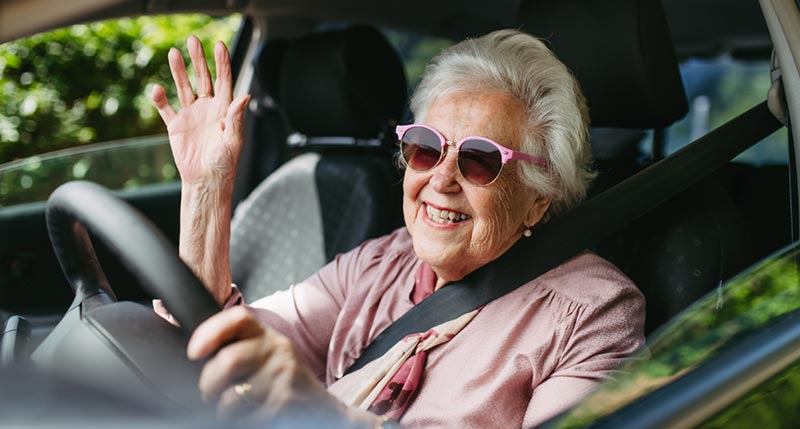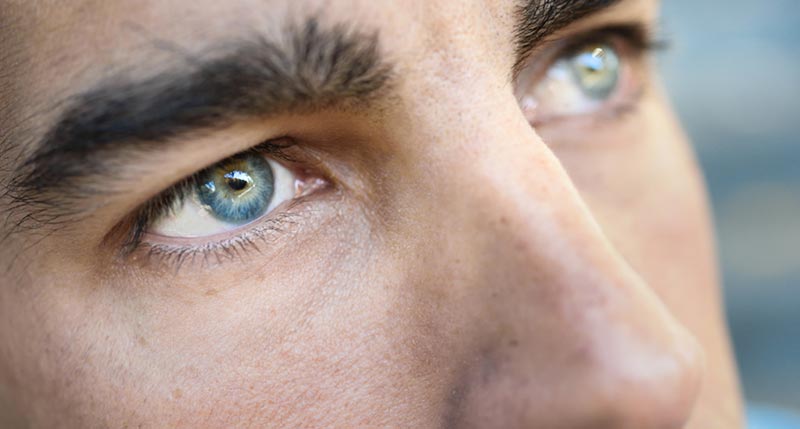Nearly Half of all Eye Injuries in this Country Happen at Home
Home is where we feel safe, comfortable, and at ease but is also the setting for nearly half of all eye injuries. From flying wood chips to weed whacker debris to even an errant champagne cork, our eye safety is at risk at home.
Imagine a homeowner who returns from the hardware store with the proper tools to do the job, but has forgotten to pick up a pair of protective glasses. Reluctant to return to the store or postpone the project, he or she forges on with the work — and risks injury.
Family members — especially children — are more likely to take an interest in home improvement projects. In some cases, the parent performing the work may be protected but a child standing nearby at a lower height actually is closer to the action than the person operating the equipment.
The Home and Work Connection
Many safety professionals are focused on keeping their employees safe and healthy on the job, but workers’ productivity is affected just as much if they sustain injuries off the clock.
The biggest challenge facing employers and safety professionals is the same as it has been for quite some time: getting employees to wear eye protection in the first place, and with nearly half of all eye injuries occurring off the job, this seems to be a challenge workers take home with them, as well.
Prescription for Safety
Many people wear personal eyewear, or “streetwear” glasses, as protective devices. Keep in mind however that those glasses have not been subjected to any kind of performance requirements like safety-approved eyewear.
Make sure you get the right product for the right hazard.
For example, goggles may be a better choice in environments with more dust because they can protect against material coming from around the eye, while safety glasses might be better for direct impact. In grinding environments, a face shield may be necessary to protect not only the eyes but the face and neck area.
Scratched lenses mean reduced vision. Reduced vision can pose even more risks. The use and care of your safety eyewear is very important. If you take care of your safety eyewear it lasts longer and gives you better protection.
Appearance Counts
If weekend project warriors and workers in hazardous environments can select eyewear they consider attractive, they may end up safer in the long run because they will wear them more often.
The process of selecting or being issued protective equipment creates a different experience for the user compared to selecting their own dress eyewear or sunwear.
It’s mandatory, you don’t have a choice – and that’s a huge difference. Safety is the first priority, followed by comfort and aesthetics. While the protective qualities are most important, your safety eyewear stills should look and feel good.
